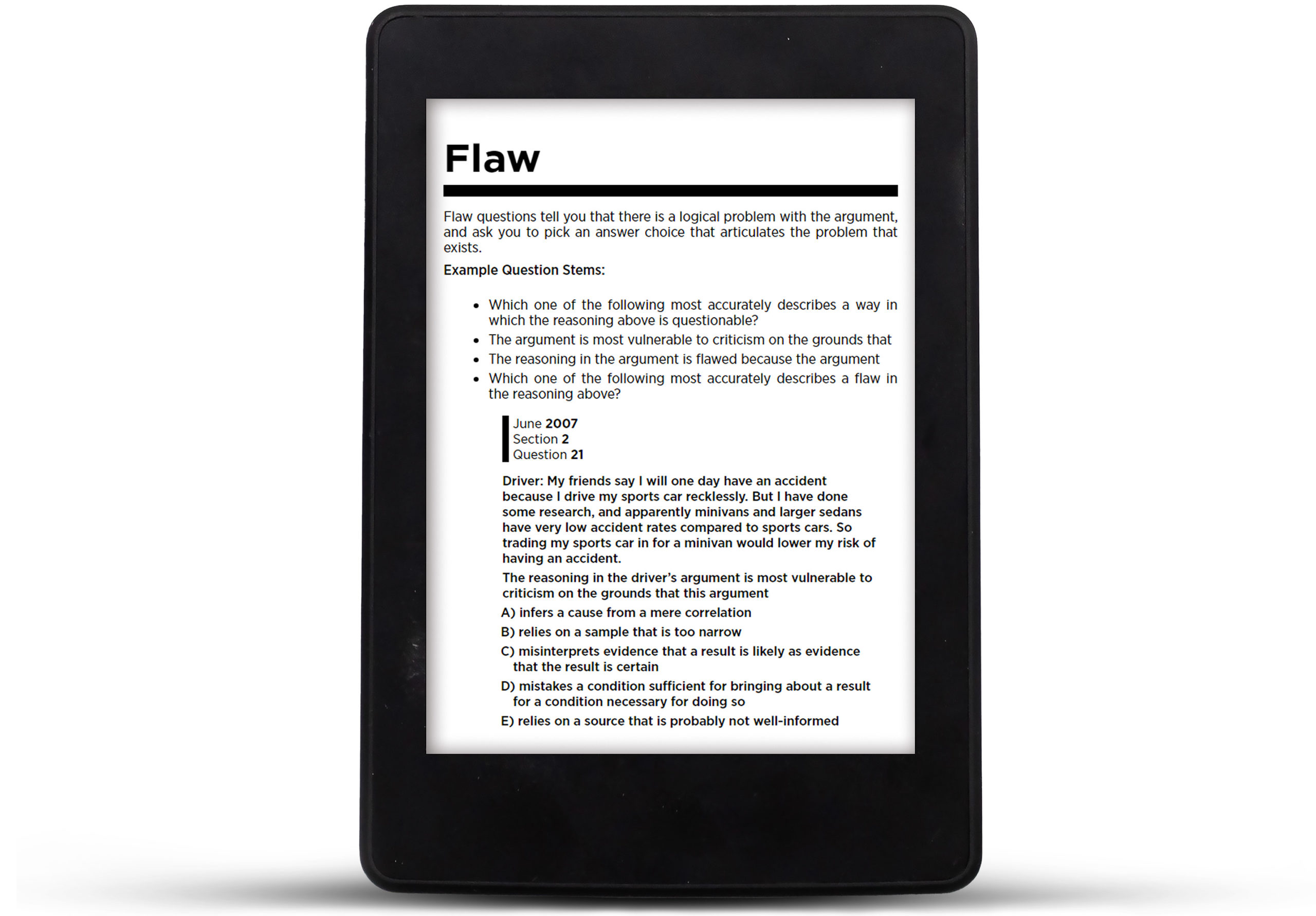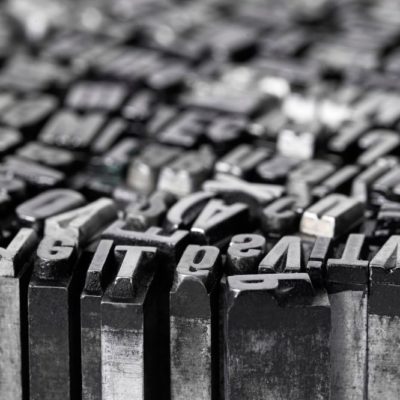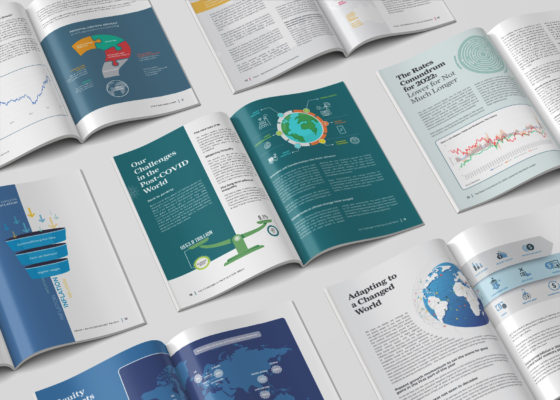What Are EPUPs?
EPUB is an open standard for digital eBooks designed to be readable on various devices, including eReaders, tablets, smartphones, and computers.
EPUB 3, the current version, stands as one of the most widely used eBook formats, enhancing capabilities for readers.
It offers a richer reading experience for users and has remained one of the dominant standards for digital publications.

An eBook Reader with an ePub eBook
How Many Different Formats of EPUS are There?
EPUB 1.0
The original EPUB format, known as EPUB 1.0, was released in 2007 and introduced the concept of an open and standard eBook format.
It allowed for reflowable text and basic styling; however, it had limitations in terms of complex layouts, interactivity, and multimedia support.
EPUB 2.0
EPUB 2.0, was released in 2010 and improved upon the first version by adding some basic support for audio and video content.
It also introduced support for font embedding, enhanced metadata, and better handling of images and tables.
However, according to idpf.org, EPUB 2 is now considered obsolete and is no longer under active maintenance and has been superseded by EPUB 3.
EPUB 3
The third and current version of ePub, EPUB 3.0 released in 2011, marked a significant advancement in the format.
It introduced support for more complex layouts, rich media, scripting, and interactivity, making it suitable for a wider range of digital publications, including educational materials, interactive eBooks, and multimedia-rich content.
EPUB 3 also improved accessibility features, making it more inclusive for readers with disabilities and became the widely adopted standard for eBooks for several years.
What Are the Main Features of EPUB eBook Format?
ePubs support not only text but also interactive and multimedia-rich content such as images, audio, and video and with its navigation features like hyperlinks, table of contents, bookmarks, and text searching, they provided a richer reading experience for the user compared to physical books.
Reflowable Text
EPUB eBooks are designed with reflowable text, which means the text can automatically adjust to the size of the screen or font preferences of the reader.
Support for Multimedia
EPUB 3 format supports not only text but also images, audio, and video. This allows for interactive and multimedia-rich eBooks.
Navigation
EPUBs can include features like hyperlinks, table of contents, bookmarks, and text searching for improved navigation and reading experience.
Compatibility
EPUB eBooks are compatible with a wide range of eReaders and software, making them accessible to a broad audience.
Accessibility
EPUBs can be designed to be accessible to individuals with disabilities, offering features like text-to-speech and adjustable fonts and colors.
Open Standard
EPUB is an open standard, maintained by the International Digital Publishing Forum (IDPF).
What Sets an EPUB Apart from A Physical Book?
Despite these differences, both EPUBs and physical books have their unique appeal, and readers may choose one over the other based on personal preferences, reading habits, or the specific context in which they are reading.
Both EPUBs and physical books have their unique appeal, and readers may choose one over the other based on personal preferences, reading habits, or the specific context in which they are reading, however, as digital eBooks, EPUBs have several characteristics that set them apart from physical books.

An ePub eBook on a Tablet
Portability
First of all, when it comes to portability EPUBs are electronic files therefore they do not require any physical storage. Moreover, EPUBs are considered more environmentally friendly than physical books because they do not involve paper production, printing, or transportation, which can contribute to deforestation and carbon emissions.
Consistent Reading Experience
Secondly, the most important distinction between a physical book and an EPUB eBook is having the Reflowable Layout option.
Basically, a reflowable layout means the content including the text and images automatically adjusts to the size of the screen.
This ensures a consistent reading experience across different devices with different screen sizes.
Although, we do have to mention that EPUBs can also have a Fixed-layout option and we have written an specific article regarding how these two options of Reflowable and Fixed-layout differ from one another and when you should choose which one.
Interactivity
Since EPUBs are electronic files, they can include multimedia elements such as images, audio, and video, as well as interactive features like hyperlinks and forms.
Also, most EPUB readers support digital annotation and highlighting as well, allowing readers to mark important passages and take notes.
Accessibility
Moreover, EPUBs can be instantly downloaded or purchased online and can be stored on devices such as eReaders, tablets, and smartphones, allowing readers to carry an entire library with them in a compact, lightweight form.
What are the Environmental Impacts of ePubs?
The environmental impacts of EPUBs are obviously more favorable than those of traditional printed books. Here are some of the key environmental benefits associated with EPUBs:
-
Reduced Paper Usage:
EPUBs are digital eBooks that eliminate the need for paper production. The paper industry is resource-intensive, requiring the harvesting of trees.
Reducing paper consumption lessens the environmental impact associated with deforestation and paper manufacturing.
-
Lower Carbon Emissions:
The production and transportation of physical books contribute to carbon emissions.
EPUBs do not require the printing and shipping of physical copies which reduces the carbon footprint associated with them.
-
Decreased Water Usage:
Paper production consumes a significant amount of water. By opting for EPUBs, less water is required in the manufacturing process, contributing to water conservation efforts.
-
Less Waste:
Printed books can result in unsold inventory, overproduction, and waste.
However, EPUBs are produced on-demand, reducing the potential for waste and minimizing the environmental impact of disposing of unsold books.
-
Reduced Energy Consumption:
The energy required for digital distribution and reading is generally lower than that needed for printing and transportation.
Overall, EPUBs are more energy-efficient, contributing to overall energy conservation.
-
Sustainable Reading:
EPUBs promote the use of digital devices, which, when disposed of properly, can be recycled and repurposed.
In return, this encourages more sustainable practices in the electronics industry.
-
No Chemicals for Printing:
The printing of books involves the use of chemicals, and inks that can be harmful to the environment.
Therefore, EPUBs do not require any of these substances making them a better and greener option.
-
Longevity and Preservation:
Lastly, EPUBs can be preserved digitally for extended periods without the risk of degradation reducing the need for resource-intensive reprints.
It’s important to note that the environmental benefits of EPUBs can vary based on factors such as the energy source used for digital devices and the disposal of electronic equipment.
Therefore, to maximize the environmental advantages of EPUBs , it’s essential to consider responsible practices, such as recycling eReaders and using energy-efficient devices.
Additionally, the decision to purchase a new electronic device should be weighed against its potential environmental impact, including the energy used in production and disposal.
So, What’s So Unique About EPUBs?
If you are not still sold on EPUBs, here is a list of all their features:
-
- Reflowable Text
- Multimedia Integration
- Interactivity
- Accessibility
- Easy Navigation
- Search Functionality
- Portability
- Instant Access
- Environmental Sustainability
- Cost-Effective
- Consistent Reading Experience
These unique features of EPUBs make them a versatile and accessible format for a wide range of digital publications.
From novels, textbooks, reference materials, to children’s books, comic books, and multimedia-rich content EPUBs are a perfect choice.
By providing a consistent reading experience, readers can enjoy a consistent reading experience, regardless of the device they are using.
Whether it’s a small eReader or a large tablet, the text adapts to the screen, maintaining readability and eliminating the need for zooming or scrolling.
And overall, their adaptability to different devices and user preferences makes them a popular choice in the digital reading landscape.




